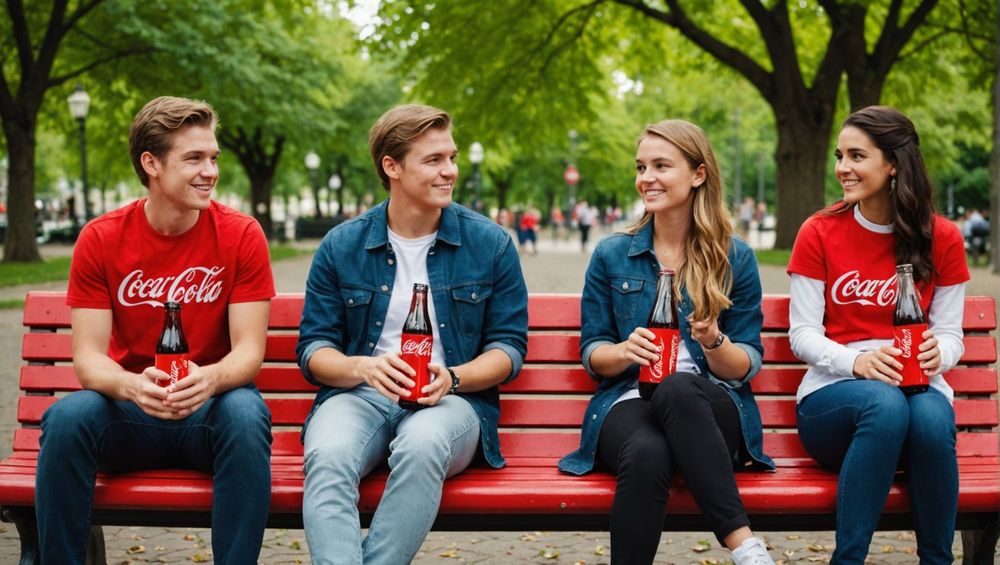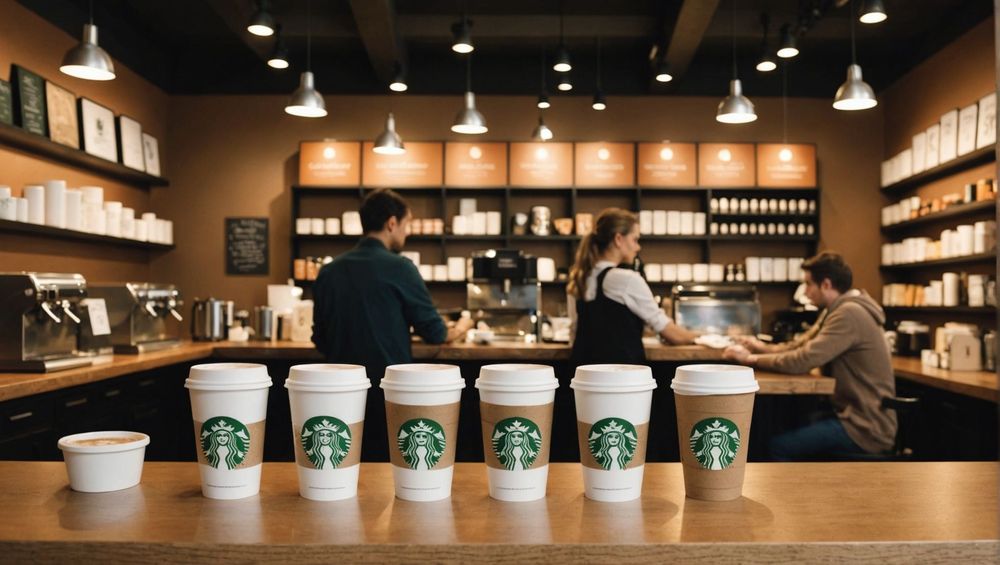User generated content (UGC) campaigns have become an invaluable tool for marketers looking to leverage the authenticity and creativity of their audience. By harnessing the voices and talents of everyday consumers, companies can build powerful and compelling narratives around their brand. This article delves into several UGC campaigns that not only captured attention but delivered impressive results.
The Power of User-Generated Content

User-generated content is any form of content—text, videos, images, reviews—created by users rather than brands themselves. Because this content originates from consumers, it often carries an authenticity and relatability that branded content may lack. These campaigns can drive engagement, build community, and enhance trust between the brand and its audience. Companies that effectively employ UGC often see increased brand loyalty and higher conversion rates.
Coca-Cola’s ‘Share a Coke’ Campaign
One of the most iconic UGC campaigns is Coca-Cola’s ‘Share a Coke’ initiative. Launched in Australia in 2011, Coca-Cola replaced its famous logo with the 150 most popular names among young adults. This simple idea sparked a global phenomenon. Consumers were keen to find bottles with their names or their friends’ names, and they eagerly shared photos on social media. The campaign saw more than 500,000 photos shared using the #ShareaCoke hashtag and a 2% increase in U.S. sales after a decade of declines.
GoPro’s Content from Adventure Seekers
GoPro has built its brand around user-generated content by encouraging adventurers to capture and share their experiences using their cameras. The company promotes users’ videos and photos on their website and social media channels, showcasing real-life action-packed moments. This UGC approach not only serves to provide authentic product demonstrations but also builds a community of passionate influencers who effectively market the product by sharing their firsthand experiences. GoPro’s UGC campaigns have led to increased sales and an immense following on social media.
IKEA’s ‘The IKEA Catalog’ Campaign
IKEA harnessed the power of UGC by inviting customers to style their homes using IKEA products and share their photos on social media. The best entries were then featured in the IKEA catalog and online channels. By integrating customers’ creativity and personalization into their marketing, IKEA effectively transformed their catalog into something aspirational and community-driven. This campaign not only increased engagement but also drove customer purchases as consumers saw real-life applications of IKEA products.
Starbucks’ White Cup Contest
In 2014, Starbucks launched the White Cup Contest, asking customers to doodle designs on their iconic white coffee cups and share photos of their artwork on social media with the hashtag #WhiteCupContest. The winning design was then produced as a limited-edition Starbucks cup. This campaign generated thousands of entries, creating a wave of social media buzz. The initiative highlighted customer creativity and fostered a sense of community among Starbucks patrons while boosting brand visibility.
Spotify’s ‘Wrapped’ Campaign
Spotify’s ‘Wrapped’ campaign provides users with a personalized year-in-review of their music habits. This data-driven initiative encourages users to share their music stats on social media, making it a perfect blend of personalization and UGC. Since its launch, the Wrapped campaign has become a highly anticipated event each year, driving substantial engagement and generating countless posts during the holiday season. It leverages individual user data to create shareable content, turning personal insights into a powerful marketing tool.
 Conclusion
Conclusion
User-generated content campaigns that tap into the creativity and passion of consumers can yield remarkable results. From Coca-Cola to Spotify, brands across various industries have successfully harnessed UGC to drive engagement, foster community, and boost sales. These campaigns provide an authentic voice for brands and create a sense of ownership and loyalty among consumers. To replicate this success, companies should aim to create opportunities for their audience to contribute, ensuring these contributions are featured prominently and celebrated.
FAQ
1. What is user-generated content?
User-generated content (UGC) is any content—text, videos, images, reviews—created by individuals rather than brands. It is often seen as more authentic and relatable than branded content.
2. Why is UGC important for brands?
UGC is important because it can enhance brand authenticity, increase engagement, and build community. It leverages the voices of real users, which can be more persuasive and relatable for potential customers.
3. How do brands typically encourage UGC?
Brands can encourage UGC through contests, invitations to share photos or stories, hashtags, and by featuring user content on their platforms. Incentives and recognition can also drive participation.
4. Can UGC campaigns work for small businesses?
Yes, UGC campaigns can be particularly effective for small businesses. They can create authentic content at a lower cost while building a strong sense of community and loyalty among customers.
5. What are some potential challenges with UGC campaigns?
Managing and moderating content to ensure it aligns with the brand, dealing with negative or inappropriate content, and maintaining a consistent quality across user submissions can be challenging aspects of UGC campaigns.